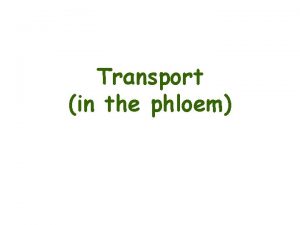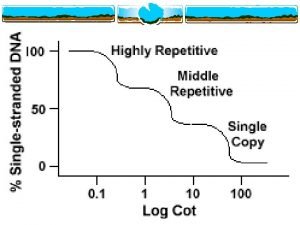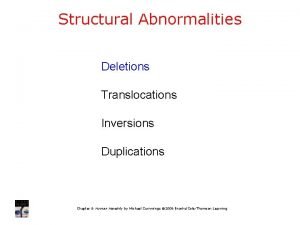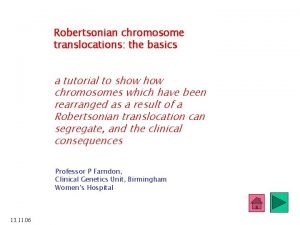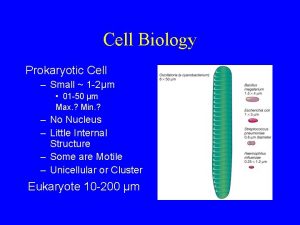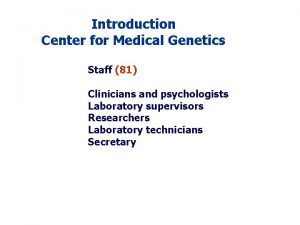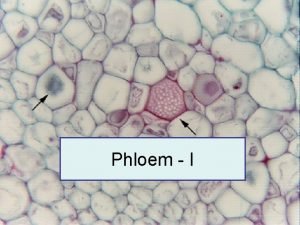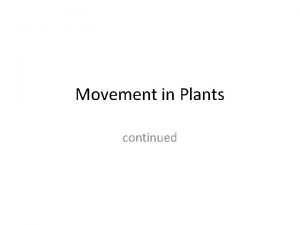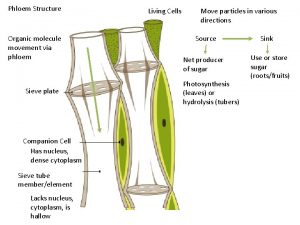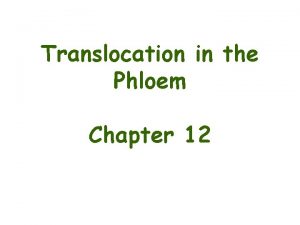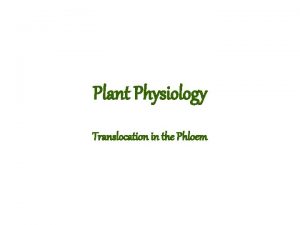TRANSLOCATION THROUGH PHLOEM Definition The transportation of prepared












- Slides: 12

TRANSLOCATION THROUGH PHLOEM

Definition The transportation of prepared food from the leaves to other parts of the plant is called translocation

Theory – Translocation takes place from a source to a sink. – The source is that part of the plant which synthesizes the food i. e. the leaf. – The sink is the part that needs or stores the food.

– The source and the sink relationship is variable. It depends on a) Season b) The plant’s needs E. g. the food stored in the roots may be mobilised to become a source of food in the early spring when the buds of trees act as sink as they need energy for growth and development of the photosynthetic apparatus.

Direction – The direction of movement of food in the phloem can be upwards or downwards i. e. bidirectional in contrast to that of xylem where the movement is always is unidirectional. – This is due to variable relationship between source and sink

Contents – Phloem sap contains mainly water and sucrose but other sugars hormones and amino acids are also transported. Mechanism – The accepted mechanism for the translocation of sugars from source to sink is called pressure flow hypothesis or mass flow hypothesis.


– Glucose prepared at the source by photosynthesis is converted to sucrose. – Sucrose moves into the companion cell and then into sieve tube cell by active transport. – The process of loading at the source produces a hypertonic condition in the phloem. – Water in the adjacent xylem moves into the phloem by osmosis. – Osmotic pressure builds up in the phloem, leading to movement of sap to areas of lower pressure. – At the sink, osmotic pressure is low. Active transport helps to move the sucrose out of the phloem into the cells. – The osmotic pressure decreases and water moves out of the phloem into the adjacent xylem. – The mass movement in the phloem is based on the water potential gradient.

Structure – Phloem tissue is composed of sieve tube cells which form long columns with holes in their end walls called sieve plates – Cytoplasmic strands pass through the holes in the sieve plates forming continuous filaments. – Pressure flow begins, ass the hydrostatic pressure in the phloem sieve tube increases and the sap moves through the phloem. – The sink removes sugars by active transport from the phloem and produces a high water potential in the phloem. – Water passes out from the phloem eventually returning to xylem.

Experimental Proof Girdling experiment – On the trunk of a tree, a ring of bark up to a depth of the phloem layer can be carefully removed. – The portion of the bark above the ring in the stem becomes swollen after a few weeks. – This is due to the absence of downward movement of food

Review 1. Define translocation? 2. Why is the movement of contents in phloem bidirectional? 3. What are the contents of the phloem sap? 4. Name the hypothesis for the translocation of sugars through phloem. 5. Which are the components of the phloem? 6. Why is there a bulge above the cut on the bark of a tree in Girdling experiment?

THANK YOU Anitha Sarma PGT Biology KV INS Dronacharya

